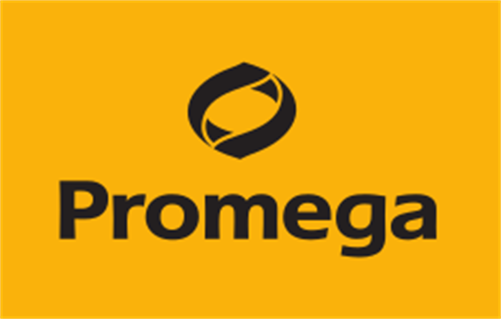Exhibitor Tutorial
Seeing is Believing: Enabling Functional Imaging of NanoLuc® Technologies with Bioluminescence Microscopy
Monday, February 5, 2024
12:00 PM - 1:00 PM EST
Room/Location: 151A
Sponsored By

.jpg)
Michael Bjerke
Promega Corporation
.jpg)
Li-Fang (Jack) Chu
University of Calgary, Alberta, Canada
NanoLuc® luciferase, a small and bright bioluminescent enzyme, and its associated technologies enable simple microplate-based quantitation of cellular and molecular processes in real-time with sensitivities down to endogenous levels. Key applications include monitoring levels of endogenously tagged proteins, protein:protein interactions, and cellular target engagement for both basic research and high-throughput screening workflows. However, limited options are available to spatially correlate bioluminescent signal with the cellular processes being measured.
Promega is introducing a new instrument called the GloMax® Galaxy Bioluminescence Imager which combines luminescence, fluorescence, and brightfield microscopy to support NanoLuc-based study of protein dynamics and cellular physiology in live and fixed cells and tissues. Functional imaging with the GloMax Galaxy system enables visual confirmation of cellular properties being measured with NanoLuc-based assays, including target abundance, target localization, and the kinetics of protein-protein interactions. This workshop will highlight the benefits provided by the GloMax Galaxy system, shed light on the breadth of applications that can be explored through NanoLuc imaging, and feature an example case study to demonstrate how the GloMax Galaxy can complement NanoLuc-based workflows.
Promega is introducing a new instrument called the GloMax® Galaxy Bioluminescence Imager which combines luminescence, fluorescence, and brightfield microscopy to support NanoLuc-based study of protein dynamics and cellular physiology in live and fixed cells and tissues. Functional imaging with the GloMax Galaxy system enables visual confirmation of cellular properties being measured with NanoLuc-based assays, including target abundance, target localization, and the kinetics of protein-protein interactions. This workshop will highlight the benefits provided by the GloMax Galaxy system, shed light on the breadth of applications that can be explored through NanoLuc imaging, and feature an example case study to demonstrate how the GloMax Galaxy can complement NanoLuc-based workflows.

.png)
